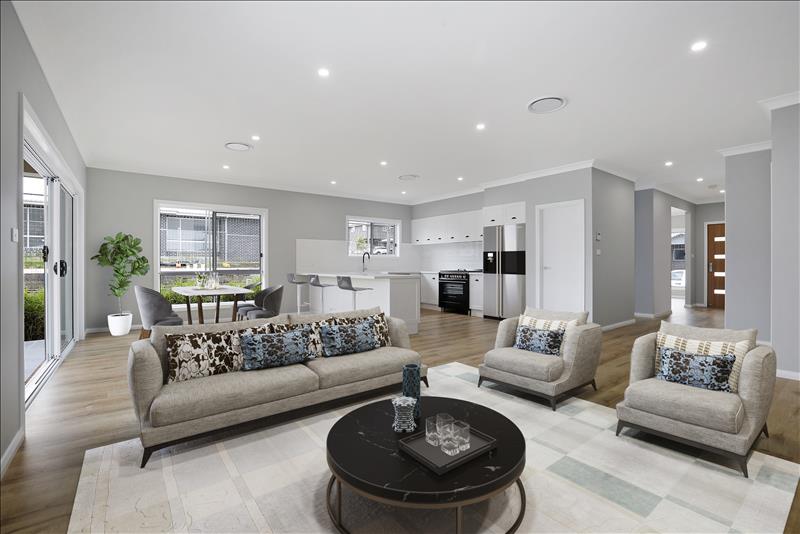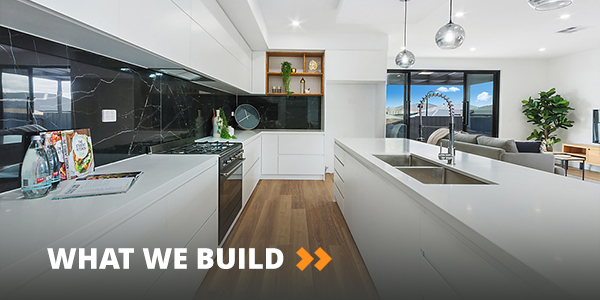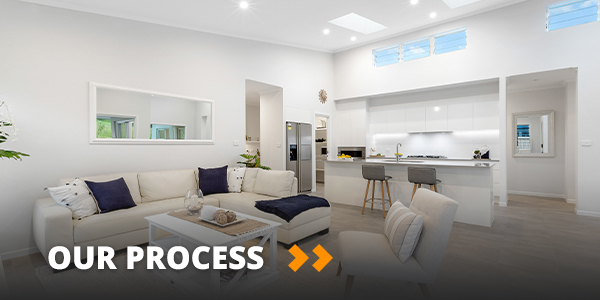
Why You Shouldn’t Trust a Square Meter Rate When Building a New Home
When you embark on the journey of building a new home, the costs can seem overwhelming. Builders and contractors know this well, which is why many of them offer what seems like a straightforward solution: the square meter rate. This rate provides an estimated cost based on the total square meterage of your planned home. However, there’s a reason seasoned homeowners and experts advise against relying solely on this approach. Here’s why you shouldn’t trust a square meter rate when building a new home.
1. Oversimplification Hides the Details
A square meter rate calculation seems like an easy way to get a grip on the budget, but it glosses over many specific details. It doesn’t account for the complexity of design, the quality of materials, or the finish level you want. Two homes of the same size, but with different designs or finishes, could have vastly different costs. By focusing solely on square meter rates, you might be overlooking essential factors that ultimately define the price.
2.Misleading Comparisons
Square meter rates often provide an apples-to-oranges comparison. The rate may seem attractive, but it’s usually based on an “average” house, often without considering variations in style, layout, or build quality. For instance, a highly customized home with open floor plans, high ceilings, or unique design features will cost more than a basic box structure of the same size. So, if you’re comparing builders based on square meter rates, you’re likely not getting an accurate view of the cost for *your* specific project.
3. Quality of Materials and Finishes
High-quality finishes, energy-efficient insulation, or custom cabinetry can dramatically affect the final cost of a build but are rarely factored into the square meter rate. Some builders may lure clients with a lower rate, only to add costs later for upgraded materials, resulting in a home that is either more expensive than anticipated or built with subpar materials. This can lead to disappointment when the “actual” home doesn’t reflect what was initially promised.
4. Site Conditions Are Often Ignored
The land itself plays a big role in building costs. Sloped sites, complex soil conditions, or areas with specific building codes may require additional groundwork, special foundations, or engineering solutions that drive up costs. Most square meter rates won’t consider these factors, potentially causing significant budget surprises down the line.
5. Underestimation of Labor Costs
Square meter rates are often calculated on base assumptions of standard labor costs. However, labor costs can vary depending on the complexity of the job, the type of trades required, and regional pricing variations. A home with intricate custom details may require highly skilled trades, adding extra labor hours. This may lead to a far higher labor cost than any basic square meter rate would suggest.
6. Unexpected Add-ons and Fees
When you start with a square meter rate, what you see isn’t necessarily what you get. Items such as permits, landscaping, utility connections, and project management fees are often not included. Once these necessary add-ons come into play, they can drastically increase the project cost. Many people end up spending far more than they budgeted simply because these costs weren’t accounted for from the start.
7. Customization Adds Up Quickly
If you want a home that reflects your style, customization is probably on your list. Square meter rates generally assume a “base” level of customization, meaning that every unique request will come with an added cost. Even relatively minor upgrades, such as specific flooring, lighting, or bathroom fixtures, can quickly increase costs beyond the original square meter estimate.
8. Fluctuating Market Prices
Material prices can fluctuate due to supply chain issues, labor shortages, or regional demands. If your builder’s square meter rate is based on old pricing, your budget could be wildly inaccurate. This volatility means that a fixed rate per square meter might not reflect the actual, real-time cost of building materials at the time of construction.
What You Should Consider Instead
To get a realistic understanding of costs, avoid placing too much trust in a single square meter rate. Here’s a better approach:
- Detailed Itemized Quote: Ask for a full, itemized quote that breaks down costs, from materials and finishes to site preparation and labor. This will give you a more transparent look at what your budget will actually cover.
- Custom Features: List out all customizations upfront to avoid unexpected charges later. The more specific you are, the better your contractor can prepare an accurate cost estimate.
- Site Analysis: Have your land assessed to account for any unique building requirements. Understanding your site conditions early on can help avoid nasty surprises that could throw your budget off track.
- Account for Hidden Costs: Keep additional funds aside for fees such as permits, design consultations, or necessary infrastructure work. This buffer helps protect your budget from creeping costs.
Final Thoughts
While the square meter rate might provide a rough starting point, it’s best not to rely on it as a true indicator of your final costs. Building a home is a complex process, and every home is unique. By looking beyond this simple calculation, you’ll be in a far better position to control costs and ultimately get the home you envision without unpleasant financial surprises.



